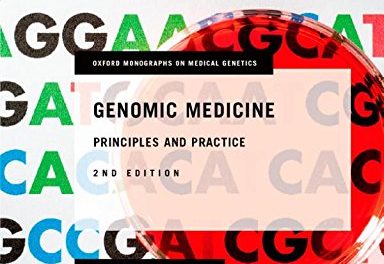Author: Barbara Janson Cohen
Publisher: Wolters Kluwer-Lippincott, Williams & Wilkins – 603 pages
Book Review by: Nano Khilnani
This large book of medical terms comes with a CD-ROM that makes referencing easier.
At the end of the book are also useful, detachable cards that facilitate learning of medical terminology. How? On one side of each card is a prefix or a suffix and on the other side is its meaning.
Examples: The prefix leuko general means white in medicine, as in leukocyte or white blood cells; the prefix erythro means red, as in erythrocyte or red blood cell. The suffix ectomy means removal, as in appendectomy or removal of the appendix.
So when the reader first comes across the word leukopenia, he or she would know that it pertains to white blood cells. Leukopenia means a decrease of white blood cells, which protect the body against “invasion” of antibodies like bacteria. And when you come across the word erythropoietin, you would already have a clue that this word pertains to red blood cells. So, this is a hormone that regulates the production of red blood cells.
As most of us know, getting a good grasp of the meanings of prefixes and suffixes enables us to learn new terms and words quicker.
To give you an example, when you come across the word dermabrasion, you know that the prefix ‘derma’ refers to the skin, and you already know what abrasion means. So you have a pretty good idea of the word dermabrasion. When I you checked for the definition of ‘dermabrasion’ I came up with: “A surgical procedure designed to remove skin imperfections, such as scars, by abrading the surface of the skin with fine sandpaper or wire brushes.”
The other value of this book is the presence of full-color and detailed drawings of parts, organs and entire systems within the human body. It is said “a picture is worth a thousand words.” So what better way to absorb information than to view it?
To get maximum benefit from this book, the author Barbara Janson Cohen has provided for you an eight-page User’s Guide. This highly useful section shows you, among other items, such neat features as: Chapter Contents, Objectives and Pretests; Detailed Illustrations; Feature Boxes; Word Part Tables; Exercises; Term Tables; Chapter Review Exercises; Case Studies and Case Study Questions; Flashcard Starter Set; and Student Resources and the PASSport to Success, which helps you determine whether you are a visual, auditory or kinesthetic leaner, and use the resources accordingly.
This book contains a single-page Contents section as well as a three-page detailed “Expanded Contents.” This book is divided into three parts, followed by an Appendix section, Answer Key, Figure Credits, Index of Boxes and finally, by an Index.
The three parts cover, respectively, medical terminology in general, disease and treatment, and body systems.
Part I, “Introduction to Medical Terminology,” discusses concepts in medical terminology; suffixes; prefixes; cells, tissues and organs; and body structure.
Part II, “Disease and Treatment,” elaborates on terms in disease; diagnosis and treatment, and surgery; and drugs.
Part II, “Body Systems,” is the largest of the three main parts of this book and it provides detailed medical terminology used in the various systems in the human body. These are the circulatory, dermatological, digestive, endocrine, muscular, nervous, respiratory, reproductive, skeletal, and urinary systems.
This book also has a detailed Appendix section, that further helps the student learn commonly used symbols, abbreviations and their meanings, word parts and what they mean, roots of words, metric measurements, and Stedman’s Medical Dictionary at a glance.
This is a very well-organized book and there is a wealth of information. Barbara Janson Cohen has done a tremendous job in putting together this valuable book, and we commend her for it.






